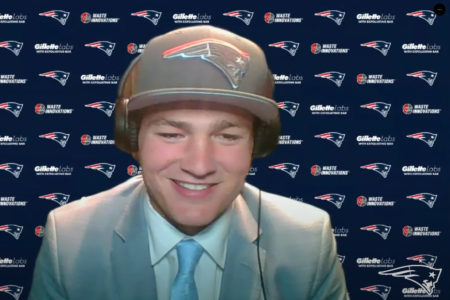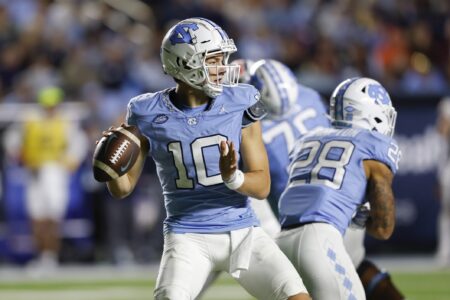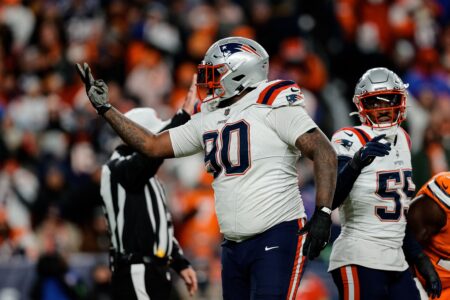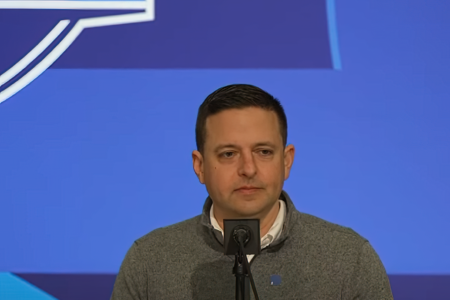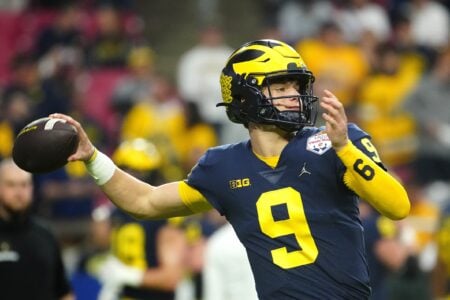Busy week so forgive me for not reading the Wells report for the answer. Just read about 10 posts/articles about the ball pressure data. One critical questions goes unanswered.
Ideal Gas Law calculations are based on the assumption that the volume inside a football is the SAME when temperature and humidity change. BUT we know the balls got wet that night, AND we know that leather expands when wet (earlier empirical tests demonstrated this). Wet the balls and the volume increases and the PSI drops, even if the T stays the same.
If you want to know what would happen to footballs when the T drops AND they get wet, you can't rely on the Ideal Gas Law. YOU MUST DO EMPIRICAL TESTS.
Was this done??? I'm dying to know. Thanks.
Ideal Gas Law calculations are based on the assumption that the volume inside a football is the SAME when temperature and humidity change. BUT we know the balls got wet that night, AND we know that leather expands when wet (earlier empirical tests demonstrated this). Wet the balls and the volume increases and the PSI drops, even if the T stays the same.
If you want to know what would happen to footballs when the T drops AND they get wet, you can't rely on the Ideal Gas Law. YOU MUST DO EMPIRICAL TESTS.
Was this done??? I'm dying to know. Thanks.





